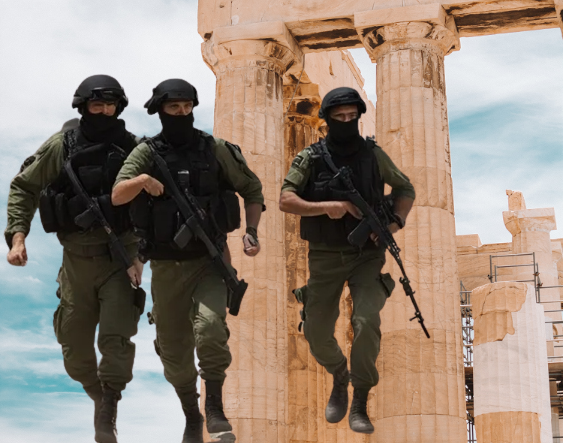
The Gaza Dilemma about civilians who have to vacate the area before Israeli ground forces launch an offensive. Thus there appears to be temporary pause in the Israel-Hamas conflict, specifically regarding the entry of Israeli ground forces. Some view this as an attempt to forcibly expel Palestinians from Gaza. However, the situation is far more complex and intricately layered than it might seem.
Middle Eastern conflicts draw passionate opinions from people worldwide. Even those who have never set foot in the region, never delved into the complexities of Arab-Israeli history spanning a century, and never read about the formation of modern states and nation-building in the Levant are quick to cast blame and offer solutions. One question frequently posed by so-called “social media experts” is: “Why don’t Arab states or other countries open their borders to allow the population of the Gaza Strip to leave?” This suggestion, while well-intentioned, fails to grasp the complex realities on the ground.
The naiveté lies in the belief that opening borders would lead to civilians departing. This would leave behind Hamas and other armed Palestinian factions. This, it is assumed, would enable Israel to militarily neutralize the threat and subsequently allow civilians to return. However, this idea is detached from the harsh reality of the situation and is nothing more than wishful thinking.
The majority of ordinary Palestinians are deeply resolute in their determination to remain in the Gaza Strip. This is despite the immense hardships they endure. Simultaneously, neighboring states grapple with the financial and logistical challenges of accommodating an additional two million refugees.
To outsiders unfamiliar with the intricate dynamics of this region, it might appear perplexing. Why would people in grave peril would opt to stay and endure suffering? These same outsiders may also question the authenticity of Arab states. Why do they declare support for their brethren. yet hesitate to provide refuge?
These seemingly contradictory stances on both sides are the reasons for the Gaza Dillema. It originates from the collective memories and fears that have shaped the Middle East’s complex history. Over the past 75 years, generations of Palestinians have forcibly displaced from their homes. There are numerous United Nations resolutions affirming their right to return. Yet they, along with their descendants, continue to bear the label of refugees. It’s a plight that once embraced, appears to endure indefinitely.
The uprooting of Palestinians from their ancestral lands unfolded over several significant population shifts triggered by conflicts. These events inflicted profound collective pain. It is an event that Palestinians still refer to today as the “Nakba,” signifying a profound “catastrophe.”
Gazans live in constant fear that an Israeli offensive might forcibly push them into Egypt, despite their strong desire to remain in their homeland. Over the years, they have strived to carve out a modest existence in the densely populated, impoverished, and harsh Gaza Strip. The last thing they want is to experience displacement once more, driven by geopolitical, pragmatic, or cynical calculations that disregard their wishes.
The thought of losing even the little they have managed to hold onto terrifies them to their core. Despite numerous declarations affirming their right to return, they have witnessed little tangible progress. Now, Palestinians from the Gaza Strip are mere pawns in a high-stakes political game, and they are trying to resist this fate with whatever modest means they possess.


